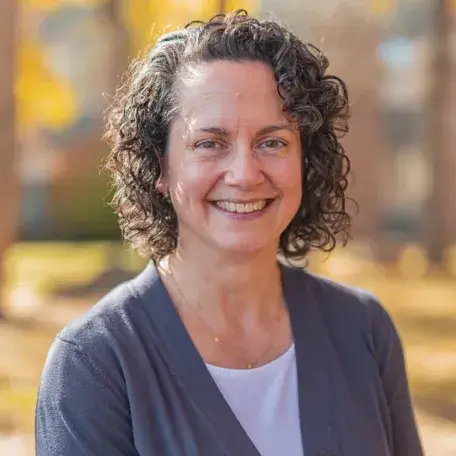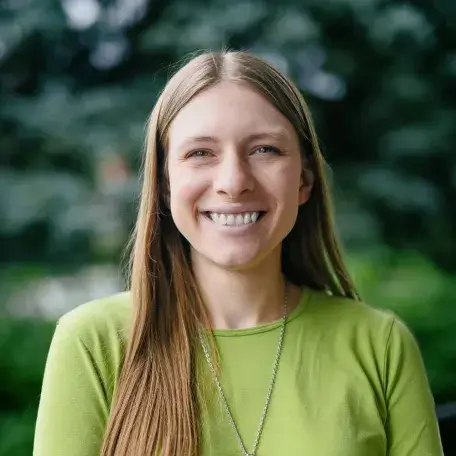What is REACH?
Goals of the REACH Grant Program
- To promote innovative scholarship and creative projects that can be interdisciplinary, in established disciplines, or in new and emerging fields. Successful applicants will articulate innovative ideas.
- To advance knowledge with broad societal, scholarly, and/or creative impact that extends beyond UVM into the community and the world. Successful applicants will address the potential scope and impact of their proposed project.
- To encourage faculty members to reach the next level of achievement in their scholarly trajectory. Both individual and collaborative achievement is encouraged. Successful applicants will describe their long-term intellectual and professional goals and how the REACH proposal marks a new direction in their work.
Eligibility
Eligible applicants include tenured or tenure-track UVM faculty of all ranks and all UVM colleges.
Key Dates
The 2026 REACH cycle will open on Monday, February 9, 2026.
Application materials should be submitted no later than 5:00 pm on Friday, April 17, 2026 and funding announcements will be made by Friday, May 15, 2026.
Amount and Duration
Uses of support are flexible but cannot include faculty salary support/replacement, teaching buyout, or summer salary but can include support for services or research assistance. Budgets up to $20k will be considered. Funds must be used by June 30, 2027.
Application Requirements
Applications are limited to 3 pages (single-spaced pages with one-half inch (1/2") margins and a font of at least eleven (11) point). *The Budget form, References/Bibliography, required CV/resumes, and REACH signatures form are excluded from the page limit. and should include:
1. Project Description (3 pages maximum)
Please provide:
- a description of the project,
- a description of project outcomes/deliverables, and
- a plan to evaluate the impact of the project, including metrics where applicable.
In addition to the Project Description, please submit:
2. Budget and Budget Justification form (download from InfoReady Review site)
3. References/Bibliography (no page limit)
Please provide references/bibliography relevant to your project. Use the appropriate format for your discipline.
4. CV/Resume: Please include an abbreviated CV or resume of no more than four (4) pages per person for all faculty involved in the project.
5. REACH signatures form (download from InfoReady Review site)
Criteria for Selection
Proposals are reviewed by at least two faculty members whose expertise lies within the broad area of the applicant's field of scholarship. A scoring rubric consistent with the goals of the REACH grant program guides the reviewers in their review of applications. Reviews and recommendations are then forwarded to the Office of the Vice President for Research where the final decisions are made.

